- This weaving is framed on two horsemen; one from the front on a chestnut coat horse looking to the left with his hand in the visor, the other from behind on a white coat horse holding a standard on which is written: "ZE*Z AMM*N EN* AA E*". The quality and fineness of weaving (8 threads/cm) allowed the transcription of a precise and careful design, the expressiveness which emerges, particularly that in the eyes of the horses, is the best example. It is a fragment of a larger weaving, reduced in height, representing an episode from the Battle of Porus.
- The tapestry of the History of Alexander, after Charles Lebrun, woven at the Manufactre des Gobelins, was composed of twelve tapestries divided into five paintings: 1. The Battle of Granigue, 2. the Battle of Arbelles, 3. the.Battle of Porus, 4. the Family of Darius, 5. the Triumph of Alexander. And each battle was divided into three parts (a left wing, a larger central scene, a right wing). Le Brun's models were introduced to Brussels through engravings. The Flemish workshops very quickly perceived the success of the History of Alexander and began almost immediately to imitate it in 1676. No less than six Brussels workshops began to weave the History of Alexander, remaining more or less faithful to Le Brun's models. Note that the Brussels workshops were not directly familiar with either the Gobelins tapestries or the paintings of Lebrun. This is why the colors used by Flemish weavers differ from those of Gobelins weaving.
- The tapestry presented here is similar to the ninth piece, it represents the right wing of the wounded Porus (see MN Lab collections website). The rider on the left observes in the distance the prisoner Porus tied to a horse and brought before Alexander (episode from the central scene). We will notice changes in the composition and, as explained above, differences in colors such as the blue crest for the rider on the back.
- Bibliography:
- Dimensions: Height: 128 cm Width: 195.5 cm


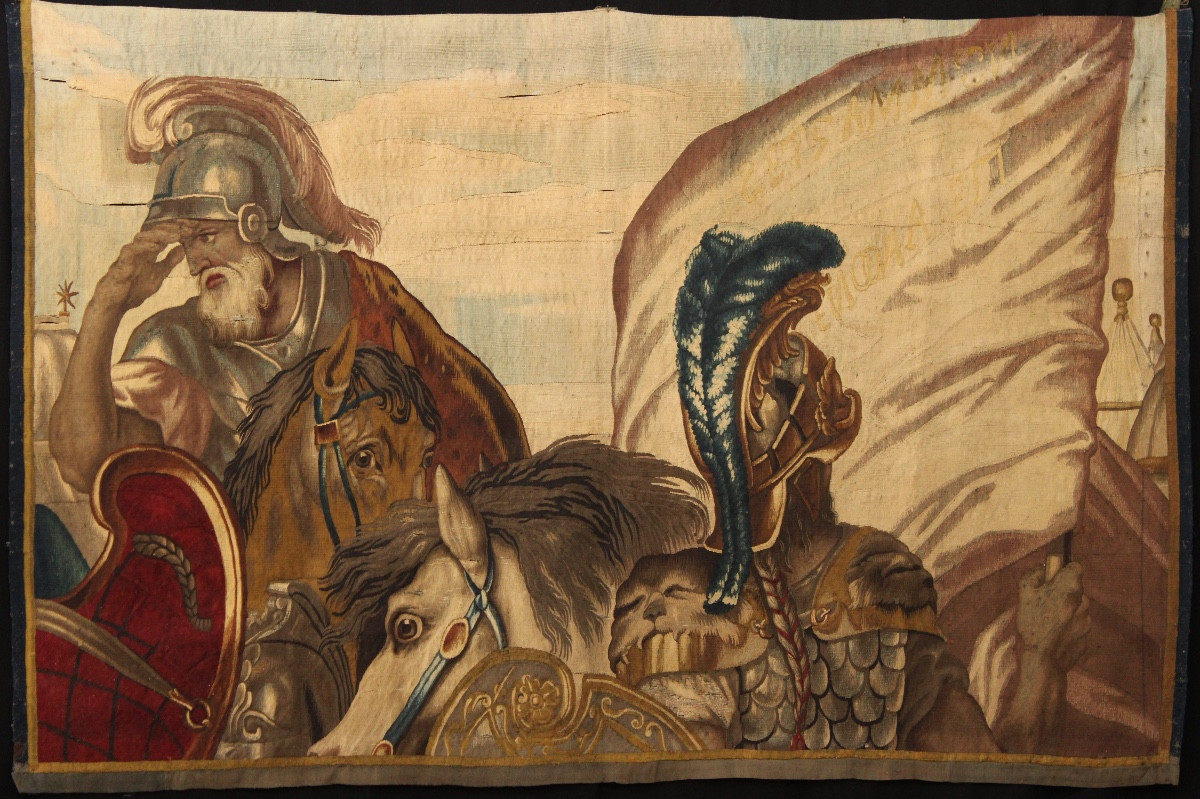
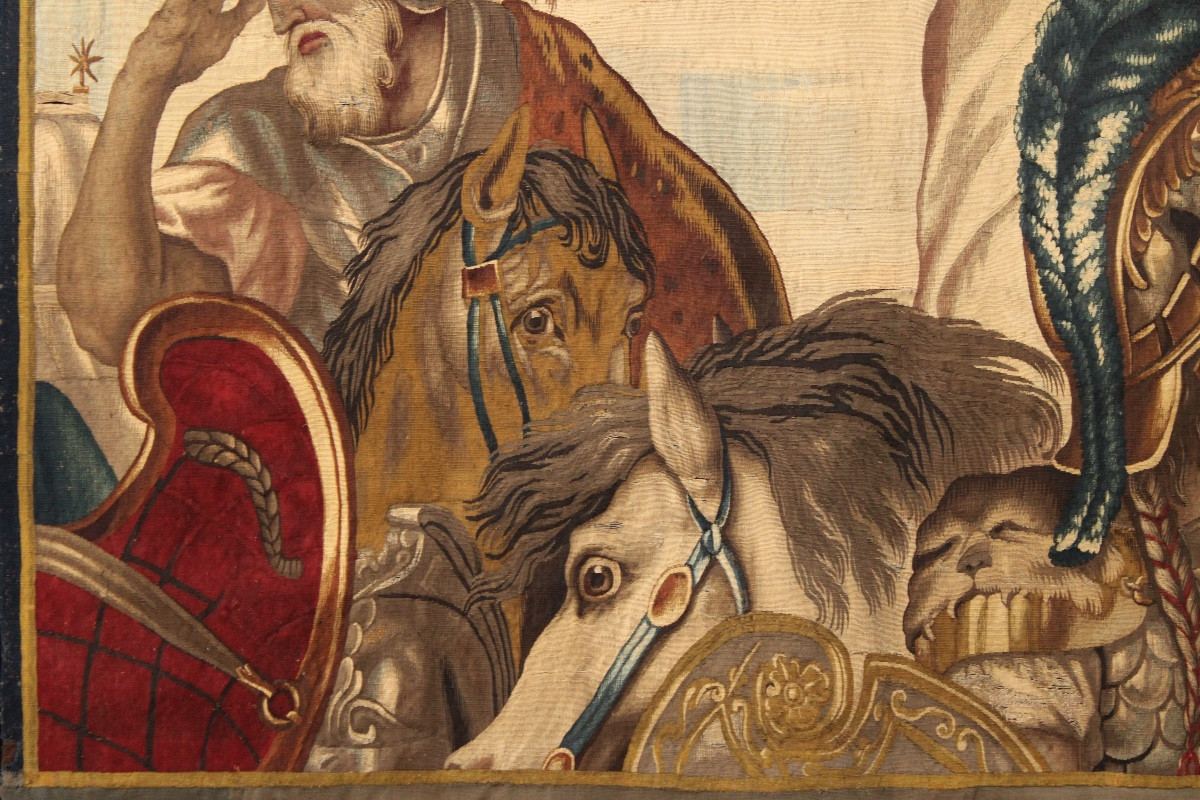
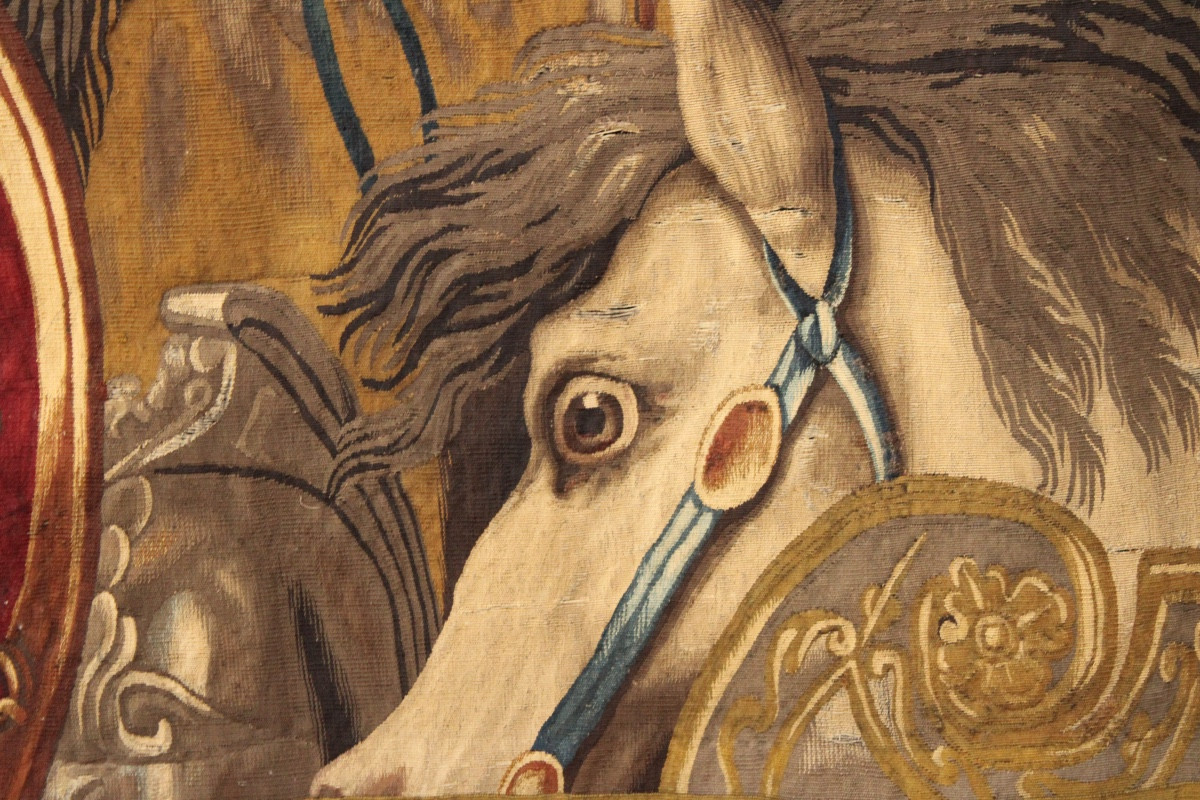
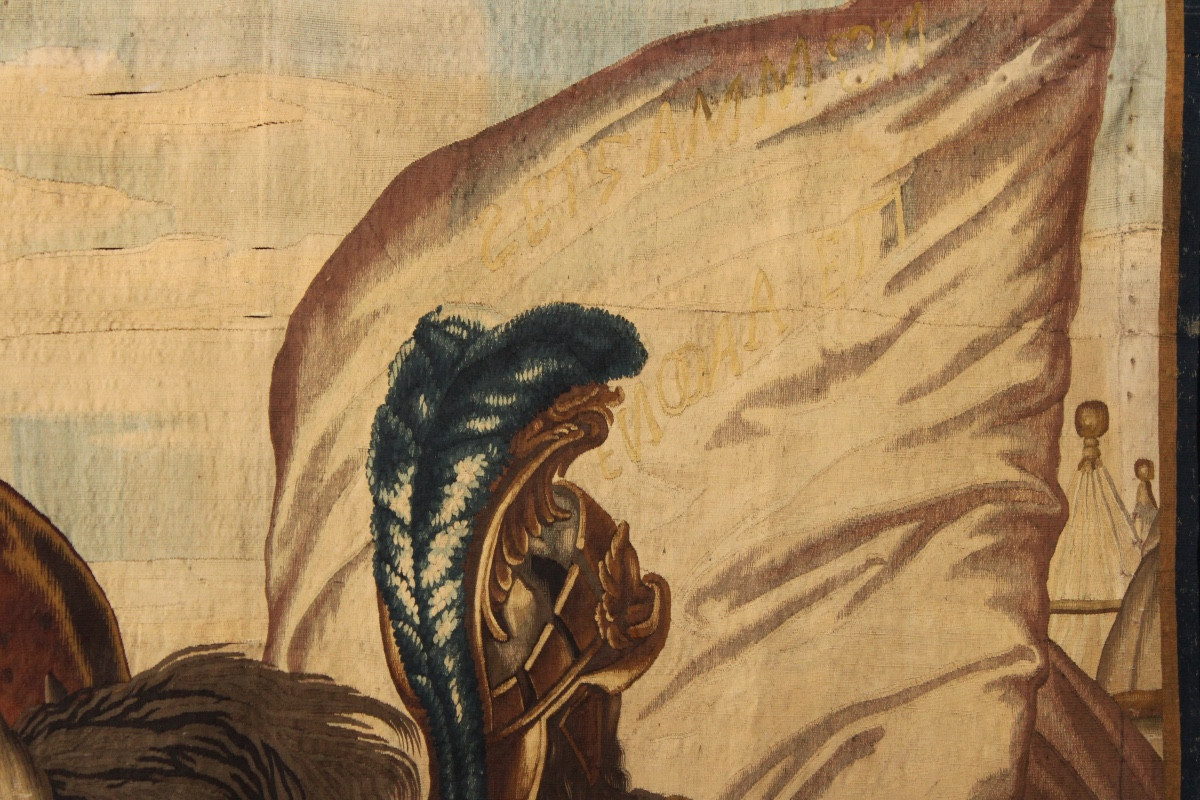
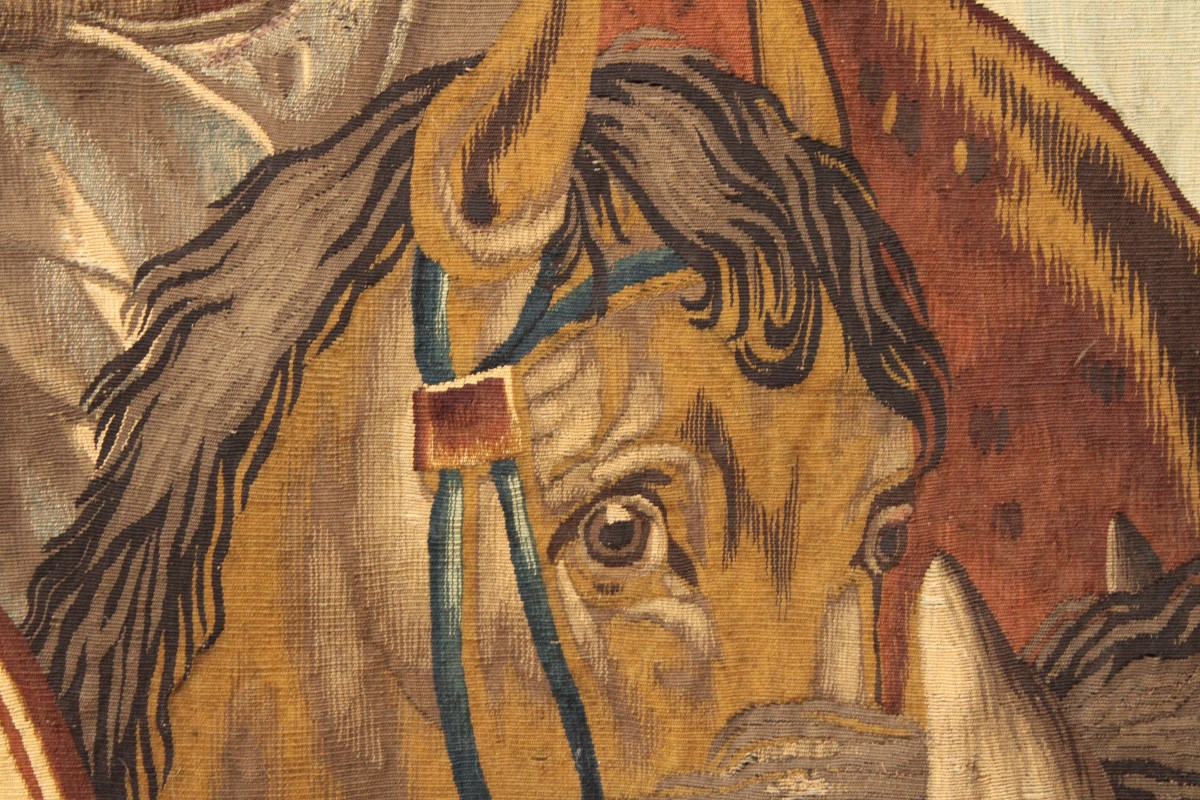
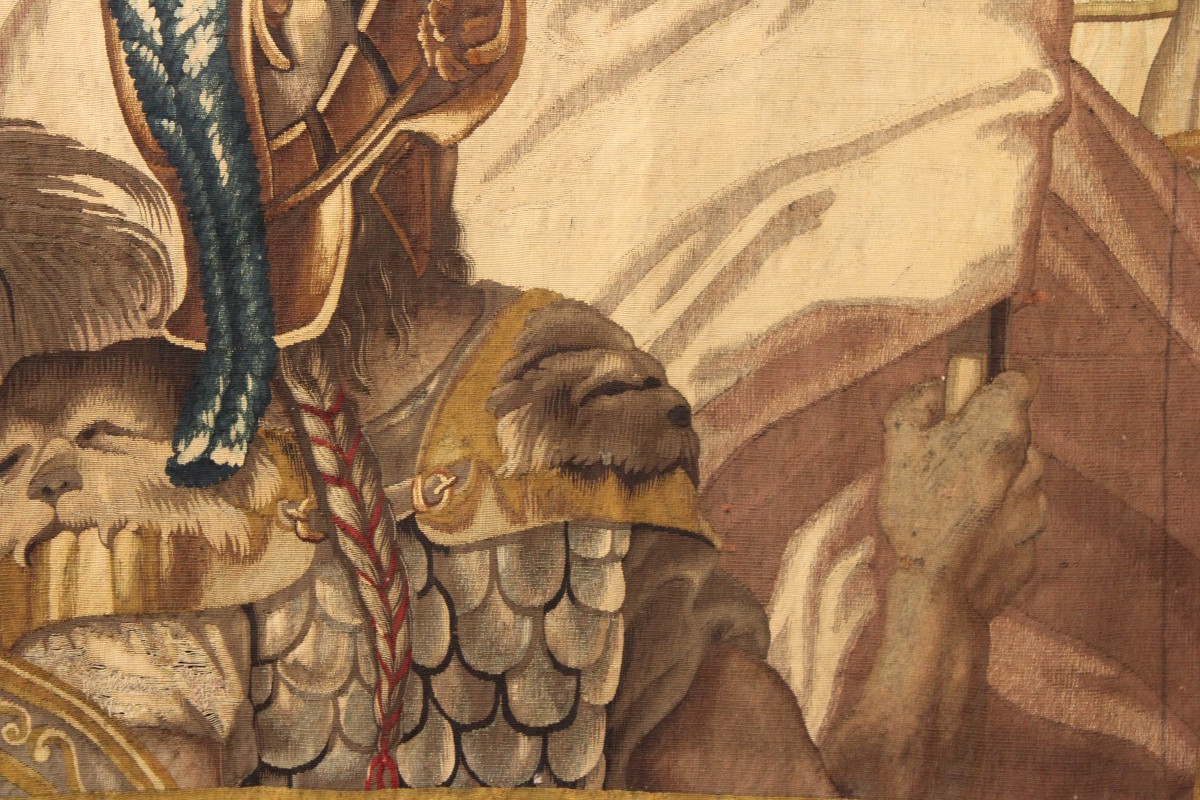
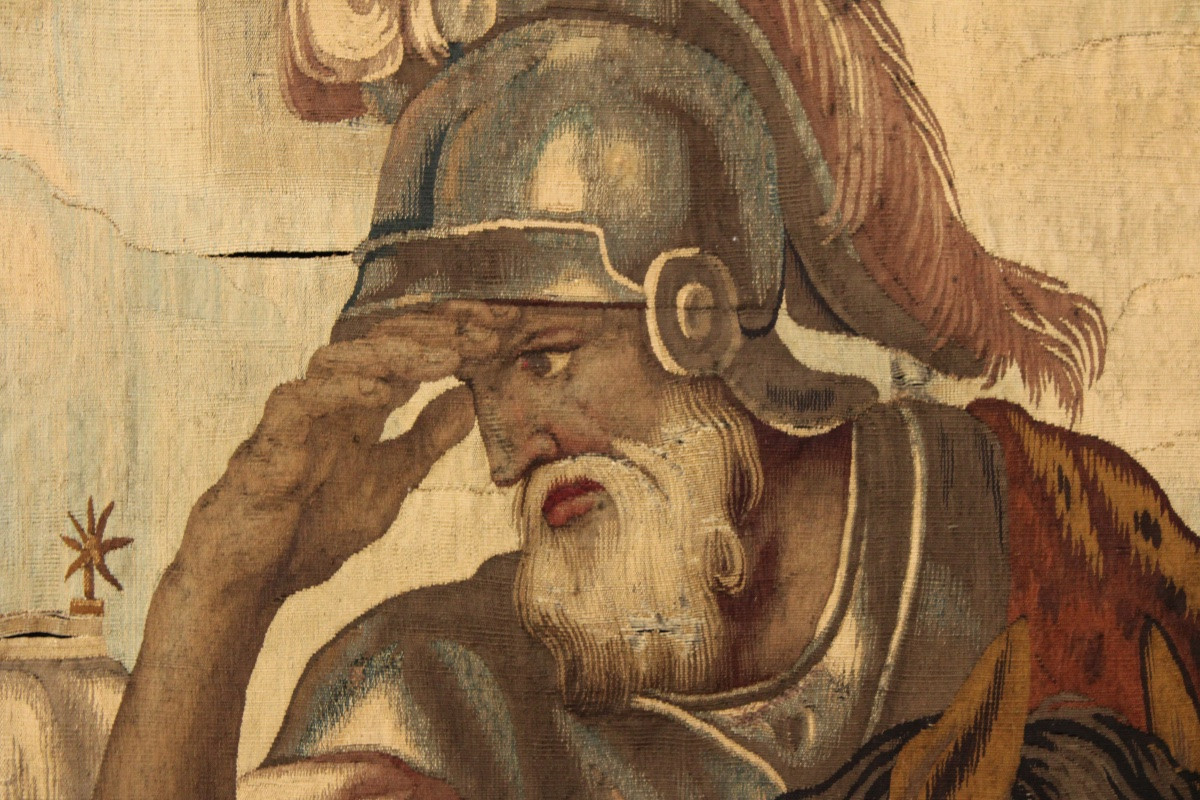









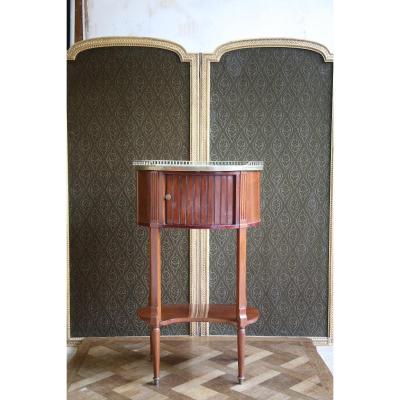
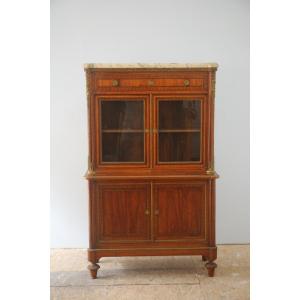



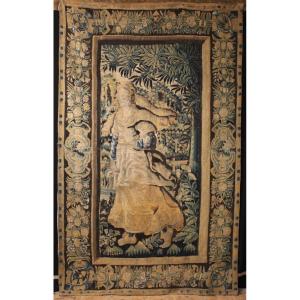



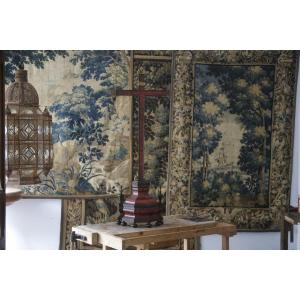



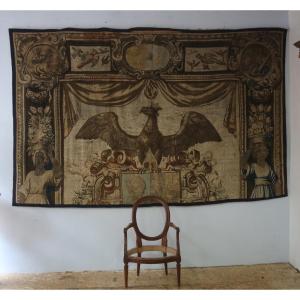



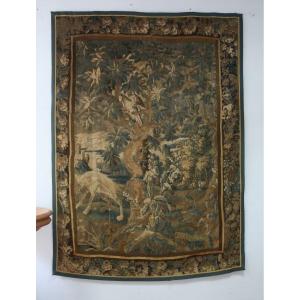
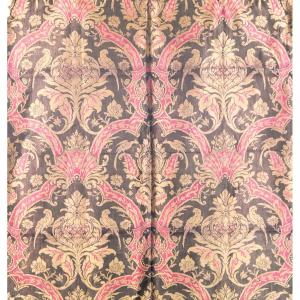



 Le Magazine de PROANTIC
Le Magazine de PROANTIC TRÉSORS Magazine
TRÉSORS Magazine Rivista Artiquariato
Rivista Artiquariato